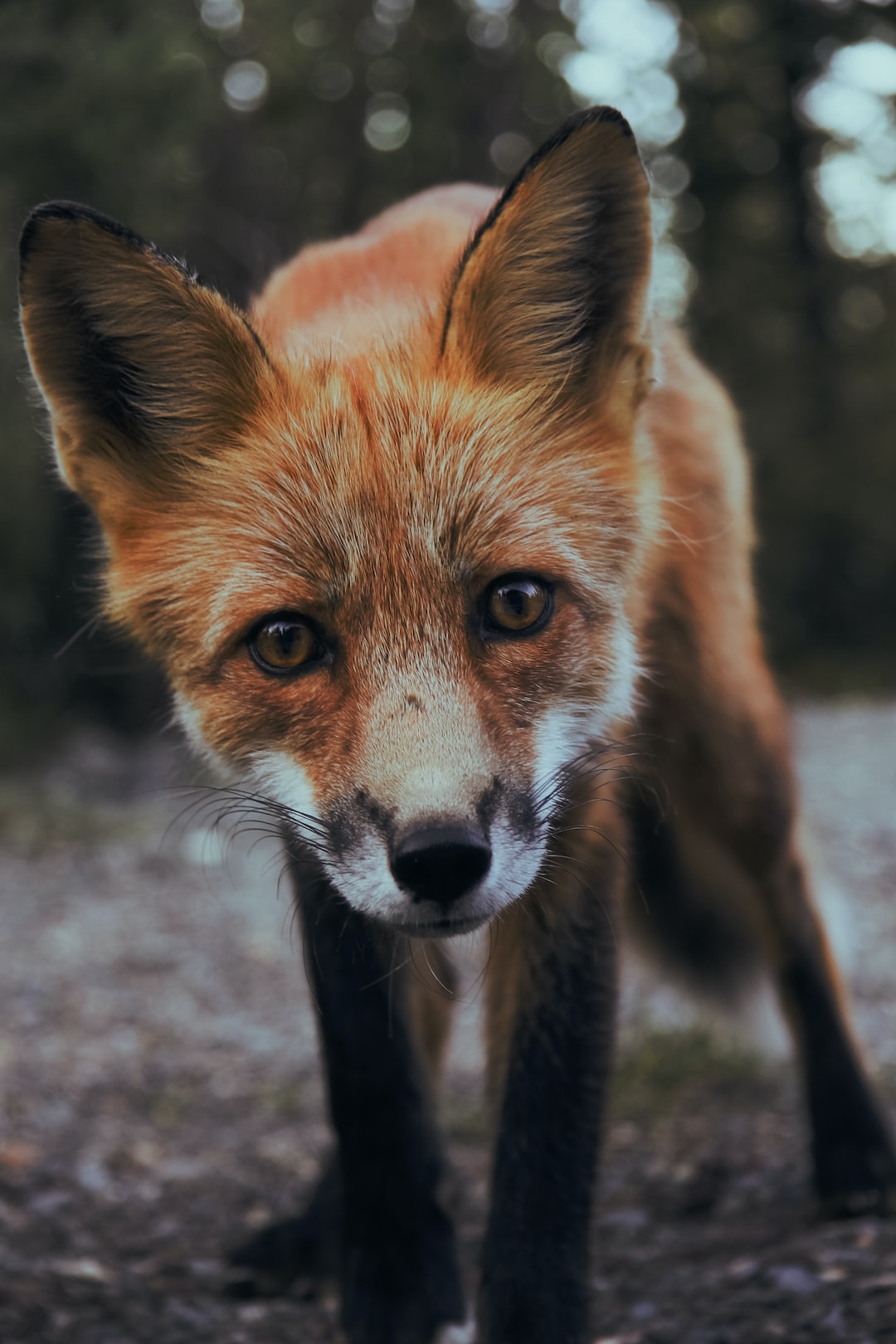Title: Intelligent Animals: Unveiling the Secrets of Animal Intelligence
Introduction (100 words)
In a world where humans have long been considered superior due to our complex cognitive abilities, it is easy to overlook the intelligence displayed by various remarkable animals. While we may possess advanced language skills and problem-solving abilities, animals have their own unique set of talents, revealing a fascinating world of intelligence that warrants appreciation and understanding. This blog post aims to explore the secrets behind animal intelligence, showcasing their remarkable abilities and shedding light on how they navigate their environments in incredibly smart ways.
Animal Communication and Social Complexity (200 words)
One undeniable aspect of animal intelligence is their communication and social complexity. Take, for instance, dolphins. These highly intelligent marine creatures possess a complex language consisting of whistles and clicks that enable them to communicate over long distances and convey information about prey, predators, or even abstract information amongst themselves.
Similarly, primates such as chimpanzees and bonobos exhibit exceptional intelligence and social skills. They communicate through a combination of vocalizations, facial expressions, and body language, showcasing their ability to form intricate social hierarchies, forge alliances, and express emotions such as anger, fear, and joy.
Tool Use and Problem Solving (200 words)
The clever use of tools is another aspect that hints at animal intelligence. Crows, for instance, are known for their ingenuity in using sticks and stones to extract insects from tree bark or utilizing traffic to crack nuts. These resourceful birds possess problem-solving skills that rival some of the most sophisticated machines ever invented.
Similarly, octopuses demonstrate astounding problem-solving abilities. They can manipulate objects, open jars, and even unscrew bottle caps to access food. These marine creatures exhibit a level of intelligence and adaptability that showcases their capacity to learn and apply knowledge to overcome various challenges.
Animal Memory and Spatial Awareness (200 words)
Memory also plays a crucial role in animal intelligence. Elephants, for example, possess remarkable long-term memory. They can remember and recognize individuals even after years of separation, which helps maintain social bonds within their herds.
In terms of spatial awareness, many animals are highly skilled navigators. Bees are renowned for their ability to communicate complex navigational information through a “waggle dance,” which indicates distance, direction, and quality of food sources. This dance serves as a roadmap for their fellow hive members.
Furthermore, the navigational prowess of migratory birds is a testament to their intelligence. These birds undertake extraordinary journeys, traveling vast distances while precisely following established migratory routes year after year. Whether relying on magnetoreception or celestial navigation, they highlight the intricacies of their intelligence in orientation and spatial mapping.
Conclusion (100 words)
As we unveil the secrets of animal intelligence, it becomes increasingly clear that these creatures possess a range of remarkable cognitive abilities, making them far more sophisticated than we might have previously acknowledged. From intricate communication skills and the use of tools to remarkable memory retention and spatial awareness, animals continually surprise us with their intelligence. Understanding and appreciating these abilities can foster a deeper respect for the diverse forms of life sharing our planet, reminding us that intelligence is not exclusive to humans, and that the animal kingdom thrives with its own extraordinary brilliance.
